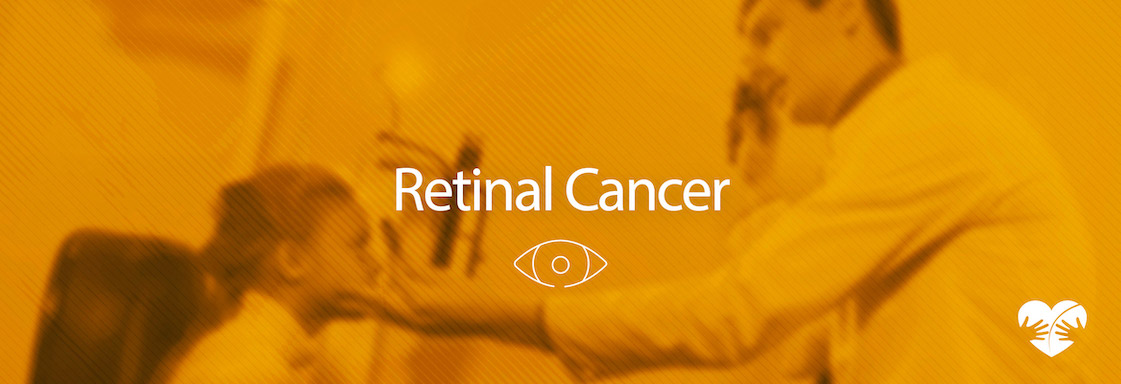In the United States, a rare disease is considered to be one that affects fewer than 200,000 people. There are about 7,000 rare diseases, and an estimated 25 million to 30 million Americans are living with a rare disease.
About 80% of rare diseases are genetic, of which 65% are severe and cause disability. Some rare diseases include cystic fibrosis, muscular dystrophy, spina bifida, and hemophilia.
Why is it important to raise awareness about rare diseases?
Rare diseases are difficult to diagnose for three reasons. The first is due to a lack of knowledge of the general public; the second is due to a lack of scientific research; and the third is because they have such diverse symptoms that they can be confused with other diseases.
It can take over ten years to get an accurate diagnosis (after the first symptom) for one in five people affected by a rare disease. The consequences of this extended timeframe are:
- Lack of access to early treatment.
- Damage to the patient’s health.
Knowing there are rare or low-prevalence diseases is essential, as it can save lives. Talk to your physician to learn more about rare diseases.




